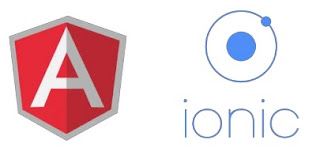Almost every mobile app contains some fundamental elements. Usually these elements include a header and a footer, which will cover the top and the bottom part of the screen. All the other elements will be placed between these two. Ionic provide ion-content element that serves as a container, which will wrap all the other elements that we want to create.
Let us consider the following example −
<div class = "bar bar-header"> <h1 class = "title">Header</h1> </div> <div class = "list"> <label class = "item item-input"> <input type = "text" placeholder = "Placeholder 1" /> </label> <label class = "item item-input"> <input type = "text" placeholder = "Placeholder 2" /> </label> </div> <div class = "bar bar-footer"> <h1 class = "title">Footer</h1> </div>






No comments:
Post a Comment